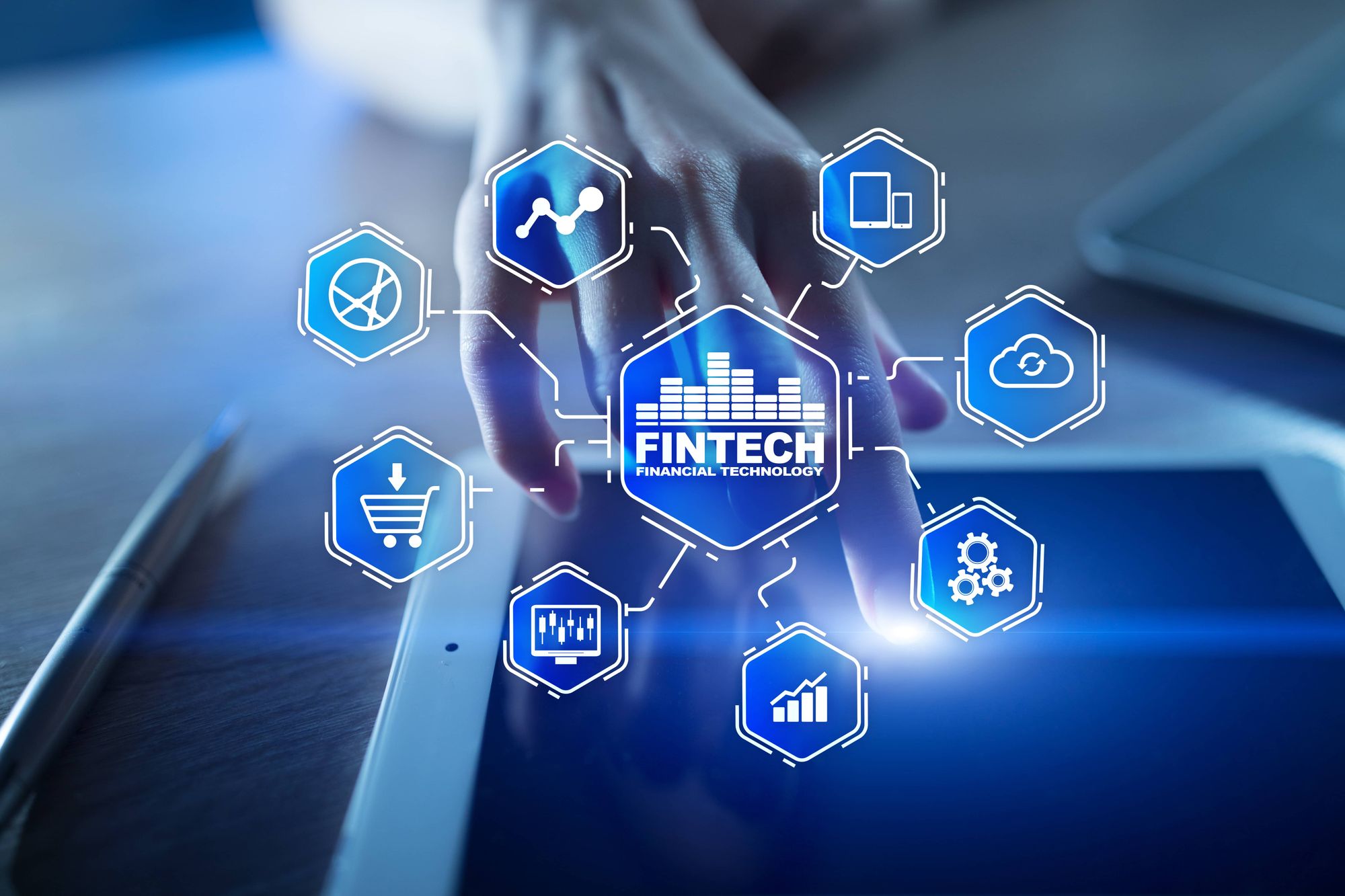Introduction: Embracing the Evolution of Digital Lending
In recent years, the financial landscape has experienced a paradigm shift with the advent of digital lending. This transformation has revolutionized the borrowing process, empowering both individuals and businesses to access financial resources swiftly and efficiently. Digital lending, a product of technological innovation, encompasses various forms of online platforms and services that facilitate lending and borrowing without the need for traditional brick-and-mortar institutions.
Chapter 1: The Impact of Digital Lending on Borrowers
- Accessibility and Convenience Redefined
One of the most significant advantages of digital lending lies in its unparalleled accessibility and convenience. Unlike traditional banking systems that involve lengthy paperwork and tedious processes, digital lending platforms offer borrowers the ease of applying for loans from the comfort of their homes or offices. This accessibility has democratized the borrowing process, reaching a broader spectrum of borrowers, including those previously underserved by traditional financial institutions.
- Streamlined and Expedited Processes
Digital lending streamlines the borrowing journey, significantly reducing the time taken from application to disbursement. Through automated algorithms and advanced technologies, these platforms assess borrower profiles swiftly, enabling quicker loan approvals and disbursals. Consequently, borrowers facing urgent financial needs find solace in the rapidity of digital lending, allowing them to address pressing matters promptly.
Personalization and Tailored Solutions
The dynamic nature of digital lending platforms enables the provision of personalized and tailored financial solutions. By leveraging big data and AI-driven algorithms, these platforms analyze borrower behaviors and preferences to offer loans with terms and conditions tailored to individual needs. This customization enhances borrower satisfaction and fosters long-term relationships between lenders and borrowers.
Chapter 2: Technological Advancements Shaping the Future
- Blockchain Integration for Enhanced Security
The integration of blockchain technology in digital lending introduces unparalleled security and transparency. Blockchain’s immutable ledger system ensures the authenticity and traceability of transactions, minimizing the risk of fraud or data breaches. Smart contracts powered by blockchain execute loan agreements autonomously, eliminating the need for intermediaries and reducing transactional complexities.
- Artificial Intelligence Revolutionizing Risk Assessment
Artificial Intelligence (AI) plays a pivotal role in risk assessment within digital lending platforms. AI algorithms analyze vast volumes of data, including credit history, spending patterns, and social behavior, to assess the creditworthiness of borrowers accurately. This sophisticated risk assessment mechanism facilitates informed decision-making by lenders, mitigating potential risks associated with lending.
- The Rise of Peer-to-Peer (P2P) Lending Networks
Peer-to-peer lending networks, facilitated by digital platforms, have gained momentum in the lending landscape. These networks connect individual lenders directly with borrowers, bypassing traditional financial intermediaries. P2P lending fosters a collaborative environment and often offers competitive interest rates, benefiting both lenders seeking higher returns and borrowers seeking affordable loans.
Conclusion: Embracing the Evolutionary Wave of Digital Lending
In conclusion, the future of digital lending is poised to revolutionize the borrowing experience, reshaping the conventional financial ecosystem. The amalgamation of advanced technologies, personalized solutions, and enhanced accessibility signifies a paradigm shift that caters to the evolving needs of borrowers. As the digital lending landscape continues to evolve, embracing these advancements will undoubtedly empower borrowers, fostering financial inclusion and efficiency.
